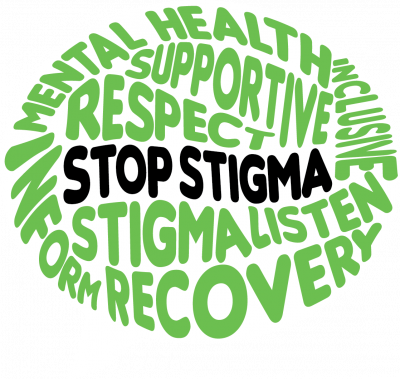Negative societal responses to people with mental illnesses may be the single greatest barrier to the development of mental health programs worldwide Stigma happens when a personal with mental illness is viewed in a negative way because of their symptoms or behaviors associated with the condition. Unfortunately, negative attitudes and beliefs toward people who have a mental health condition are common.

Stigma can lead to discrimination, which can be experienced on a personal level (e.g., social isolation, exclusion or bullying) or it may be experienced at a structural or system level (e.g., employment, education, and housing). The stigma associated with mental illness makes most people reluctant to talk about their experiences of having strange thoughts or deep sadness. As a result of stigma, individuals are less likely to seek help or treatment for their mental illness. Discrimination may be obvious and direct, such as someone making a negative remark about a person with mental illness or someone getting treatment. Or it may be unintentional or subtle, such as someone avoiding a person with mental illness because they think people with mental illness unstable, violent or dangerous.
Several national and international organizations (National Alliance on Mental Health, World Health Organization, and European Commission) have provided several recommendations for reducing stigma surrounding mental illness:
- Know the facts about mental illness
- Educate others by challenging and correcting myths about mental illness
- Recognize personal biases
- Be conscious of language and power of words to perpetuate negative attitudes
- Support people with mental illness by offering encouragement

